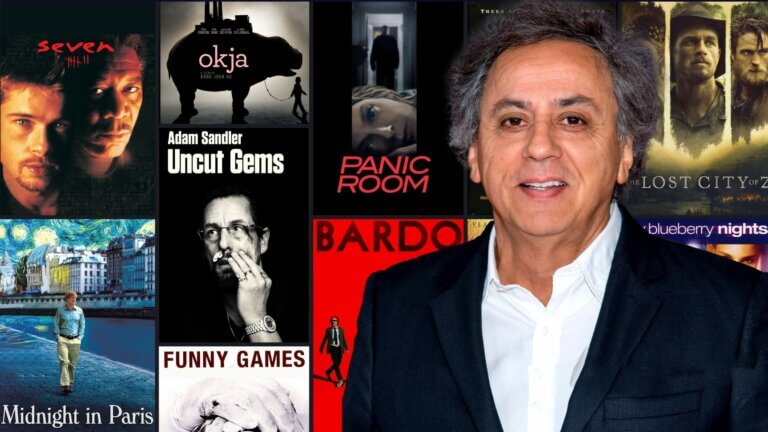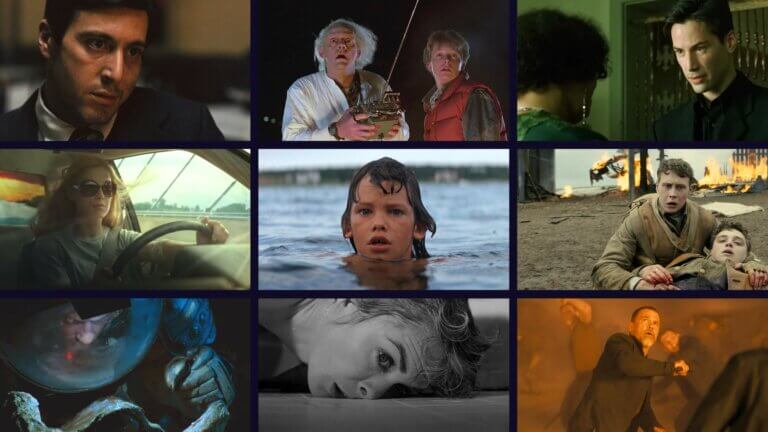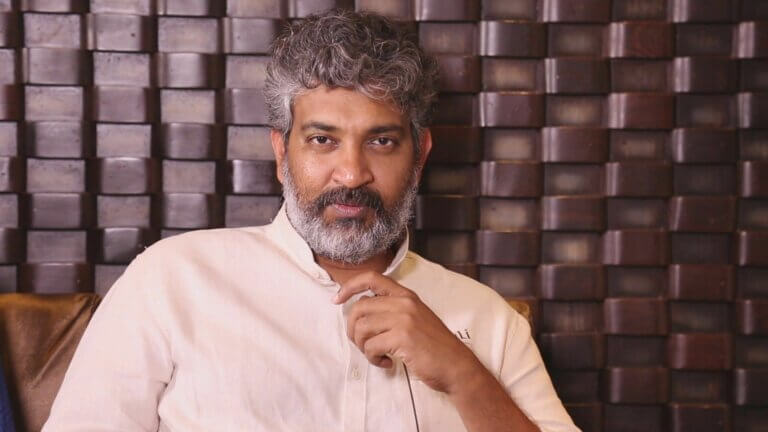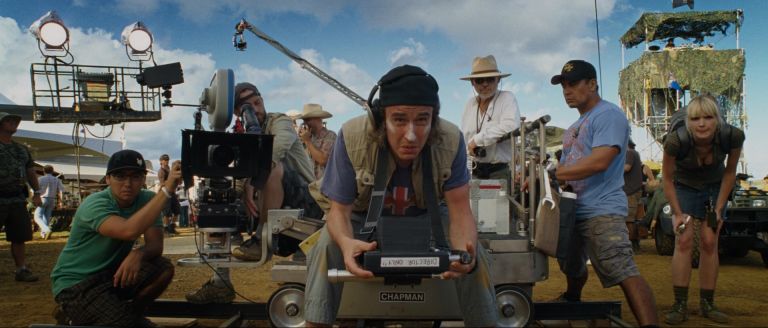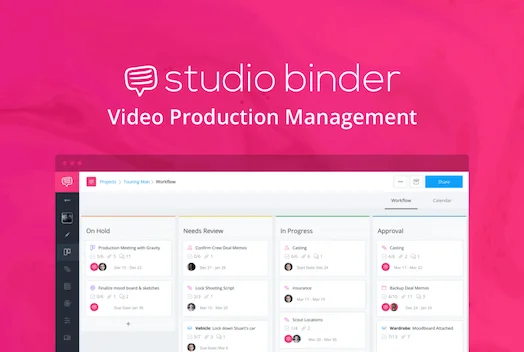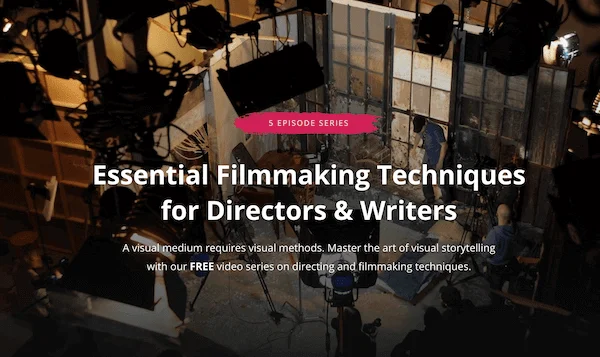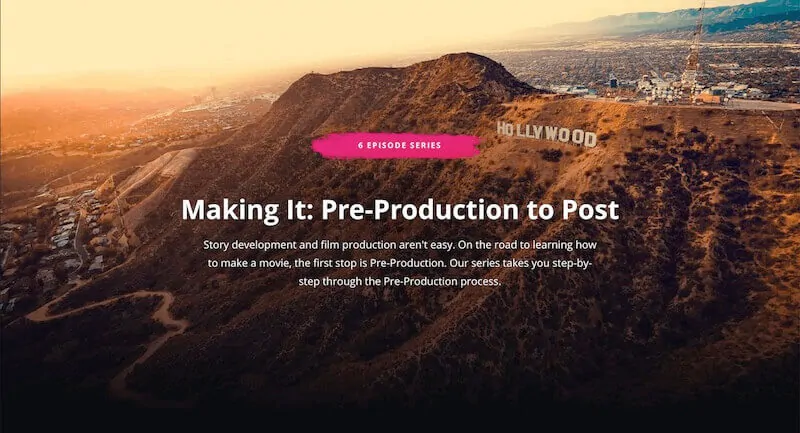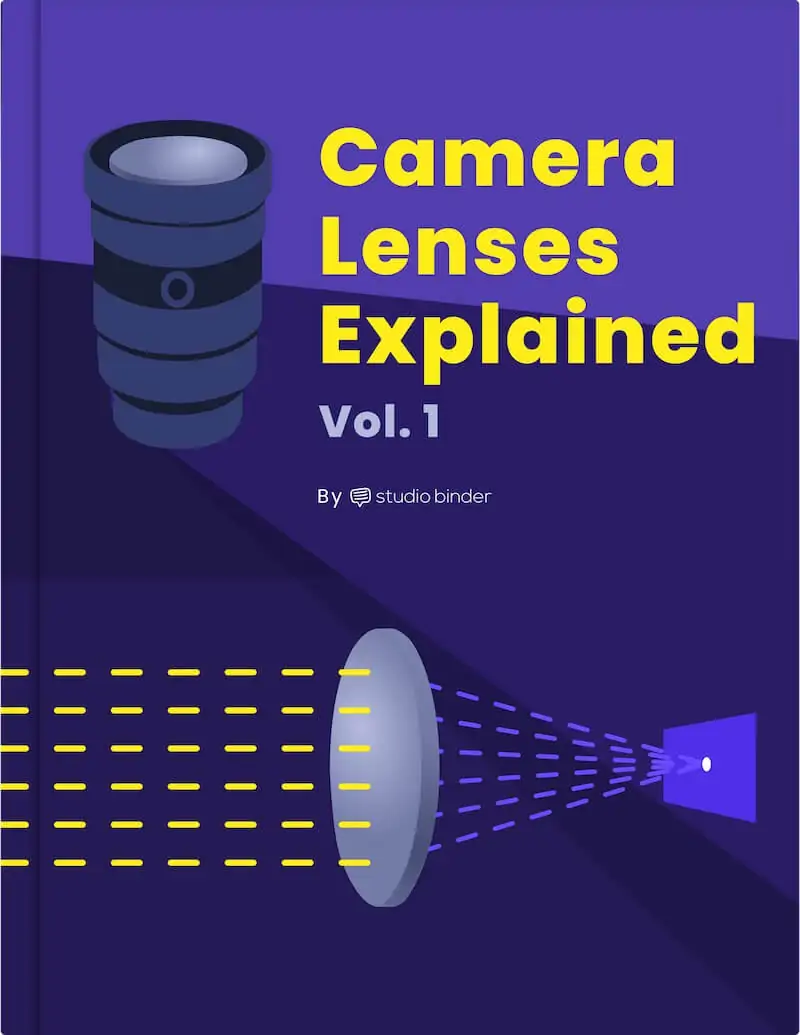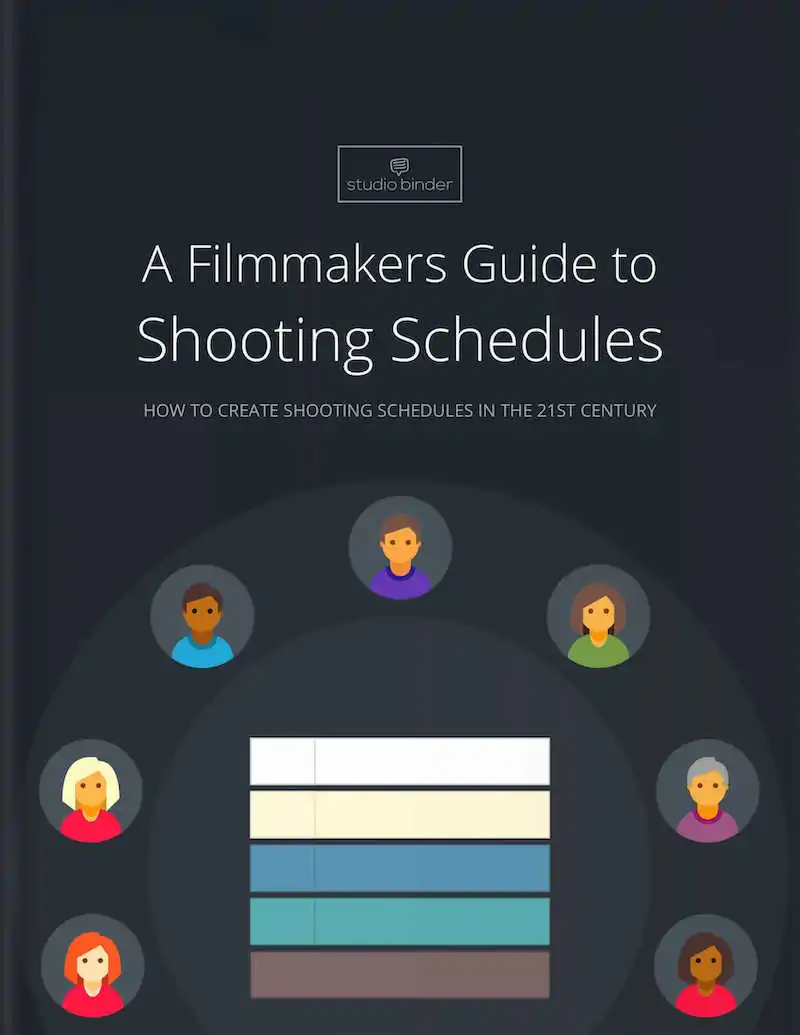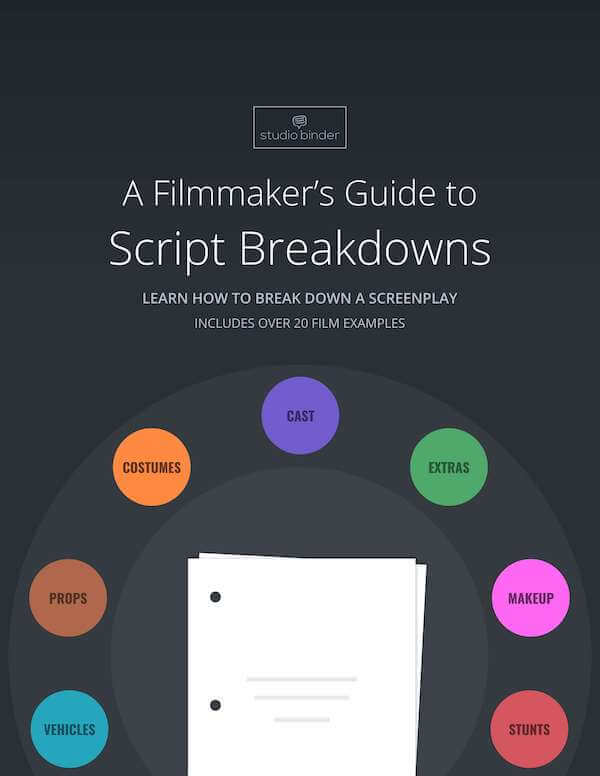Terminator 2: Judgement Day has a plethora of memorable scenes, from Sarah Connor’s hospital escape to the fiery climax at the steel mill. Perhaps one of the most stunning sequences, however, is Sarah Connor’s nuclear apocalypse nightmare. The dream was vividly realized by James Cameron and his team, and at the time was one of the most realistic depictions of a nuclear holocaust put to film. To pull it off, the filmmakers used groundbreaking techniques, some of which are still imitated today. Let's break down the Terminator 2 nuke scene in all its apocalyptic glory!Continue reading Terminator 2 Nuke Scene Breakdown…
It’s hard to overstate the importance of Star Wars. George Lucas’s crowning achievement marked the twilight of New Hollywood and the dawn of the blockbuster era of the 1980s. Any big-budget science fiction release since has operated under the shadow of Star Wars’ towering influence. There were many reasons for the success of Star Wars, but undeniably what set it apart from the rest of the competition was its special effects. Audiences in 1977 had never experienced anything like it. How did George Lucas and his team pull off what was thought to be impossible? How did they stretch their…
Darius Khondji is everywhere. The esteemed cinematographer’s list of collaborators is as long as it is impressive; he’s worked with directors like Wong Kar-Wai, James Gray, David Fincher, the Safdie Brothers, Michael Haneke, Alejandro Iñárritu, and more. As you may be able to tell from such a list, Khondji is chameleonic, tailoring his aesthetic to whichever director he’s working with. Unlike other cinematographers, it can be difficult to discern when you’re watching a Khondji film. With that said, Khondji is not just a journeyman director of photography — he brings several cinematic qualities with him from film to film. In…
It’s well established that most modern Hollywood movies are made up of three acts. Often, however, the second of those three acts can be divided into two — before the midpoint, and after. A midpoint is a major plot point that happens around the middle of a film which has big ramifications for the protagonist and the story arc. Sounds pretty vague, right? That’s because a midpoint can take many forms– bringing the protagonist closer to their goal, or away from it, or something else entirely. In other words, you know a midpoint when you see one. In this post, we’ll…
Have you ever winced while listening to an amateur band hit the wrong notes? Have you ever felt discomfort when you’re tasked with a job that goes against your beliefs? Or have you ever stumbled over a poem’s lines that seem to just sound bad? Dissonance in its many forms is all around us. Often we think of it in a negative light, as something to avoid. But dissonance can be used in various artistic mediums to deliver a point, heighten emotion, or add texture. Let’s get to the bottom of "what is dissonance," and how we can use it…
If you’re a fan of modern Indian cinema, you’ve heard of S. S. Rajamouli. The Telugu director is arguably the most famous filmmaker in India, with three of his films being in the top five highest grossing films in the country. He is a master of spectacle, delivering massive epics packed with action, romance, comedy, and musical numbers. S. S. Rajamouli movies have become so undeniable that they have transcended cultural and linguistic barriers — the director is a leading figure in the pan-Indian cinema movement, creating films for the entire subcontinent. All this makes ranking S. S. Rajamouli movies…
The filmmaking process can be broken up into a series of stages. Perhaps the most demanding of these stages is production. The production stage is not for the faint of heart, and it can make or break a movie. But what is film production? And what does it usually look like?Continue reading What is Film Production — Stages of Filmmaking Explained
James Cameron’s Avatar was successful by almost any metric. It became the highest-grossing movie of all time, received rave reviews, and was nominated for a whopping nine Academy Awards. As many have noted, while Avatar’s story is compelling, it is its groundbreaking visuals that set it apart from other blockbusters. So how did James Cameron and his team create the vibrant, expansive world of Pandora? In this article, we’ll look at Cameron’s game-changing approach to filming Avatar and how he raised the bar for the film’s much-anticipated follow-up Avatar: The Way Of Water.Continue reading Making of Avatar & Avatar 2:…
Even in a decade filled with countless iconic blockbusters, The Terminator stood out when it was released in 1984. Its meticulously thought-out world in combination with its cutting-edge visual effects was immediately arresting, and it introduced the world to the artistry of James Cameron. The Terminator script is lean and mean: it chugs along at a break-neck speed as the Terminator slaughters his way through Los Angeles. It’s a science-fiction tour de force, well-deserving of dissection.Continue reading The Terminator Script PDF — Download & Breakdown
Filmmaking is a collaborative process, but without a doubt, the most important role on set is that of the director. The director receives most of the credit when a film succeeds and most of the blame when it fails. In other words, there is a lot of pressure and responsibility placed on their shoulders. So, how much do directors make in terms of salary? The answer isn’t as simple as it might seem. The average director salary depends on the nature of the project, the size of the budget, and the director herself. In this post, we'll lay out the typical…


